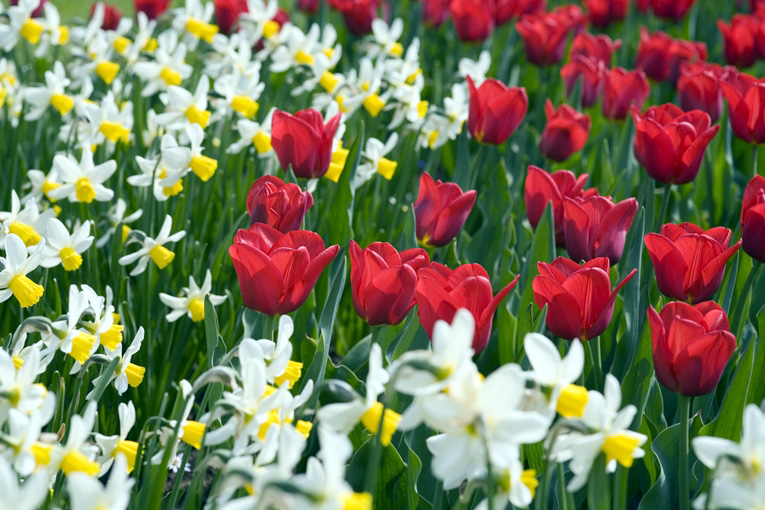
January is the peak season for daffodils, especially Japanese narcissus, and April is the peak season for tulips. In haiku, daffodil is the winter season word, and tulip is the spring season word. Narcissus, which represents the winter, and tulip, which represents the spring, are competing in front of us. It’s a strange sight. Even with vegetables and fruits, there is no sense of the season now. Strawberries and watermelons can be eaten all year round. This is the result of the great contribution of advances in cultivation technology. However, the current situation is that even the flowers that grow outdoors in nature are undergoing major changes in the sense of the seasons. The effects of breeding may have extended to the flowers of Noyama, but I am still worried about the effects of global warming. Although reducing CO2 is an urgent issue, there is less interest in the ongoing conflict in Ukraine.
水仙、特にニホンズイセンは1月が最盛期で、チュウリップの最盛期は4月です。俳句でも水仙は冬の季語であり、チュウリップは春の季語です。その冬を代表する水仙と春を代表するチュウリップが目の前で競い咲いています。なんとも奇妙な光景です。野菜や果物にしても、今や季節感がありません。イチゴもスイカも年がら年中食べられます。栽培技術の進歩が大きく寄与した結果です。しかし、屋外の自然の中で育つ草花までが、季節感に大きな変化が起こっているのが現状です。品種改良による影響が野山の草花にも及んでいる事もあるでしょうが、やはり心配なのは地球温暖化の影響です。CO2の削減は喫緊の課題なのに、現在進行中のウクライナ紛争で関心が薄くなっています。
